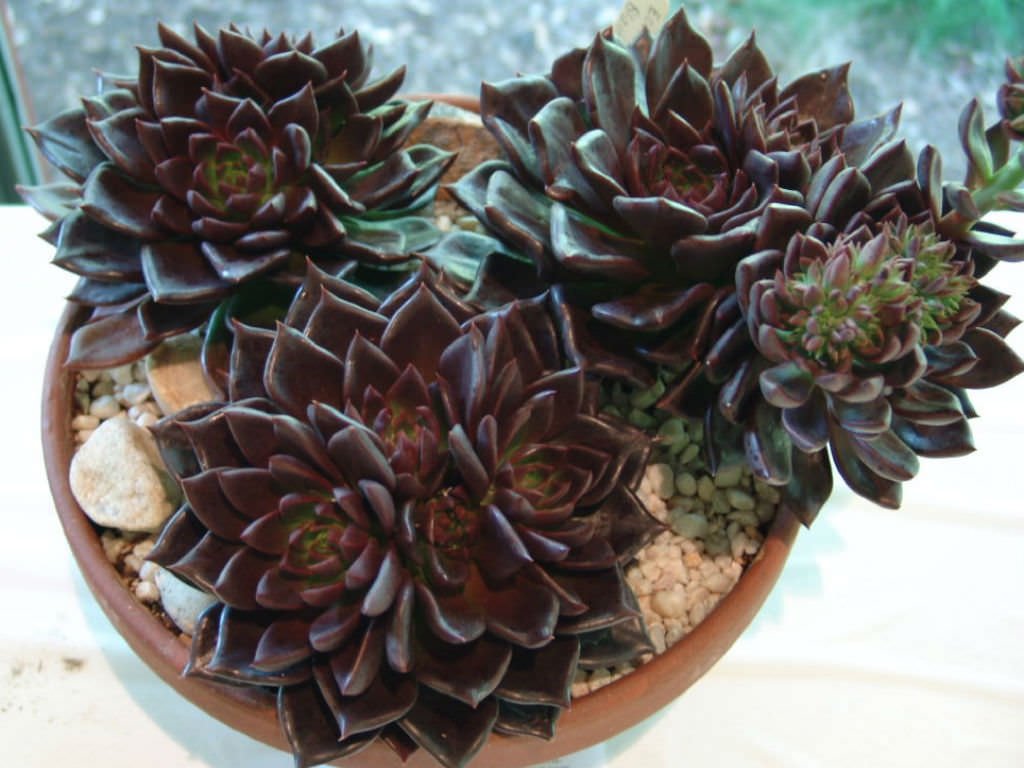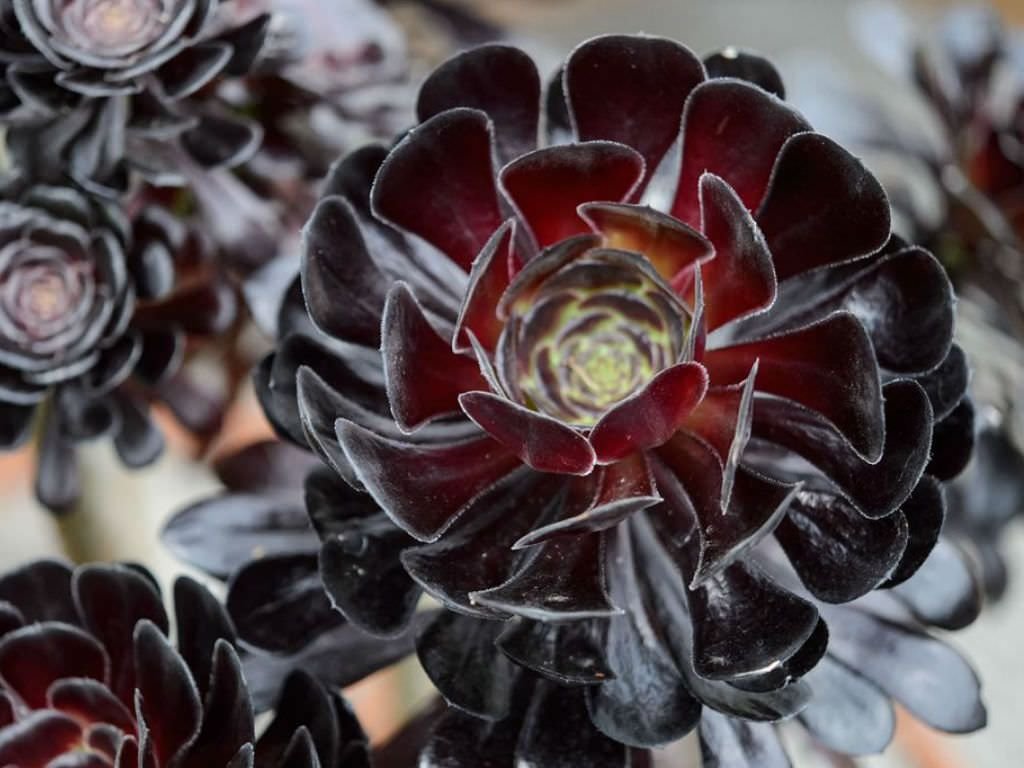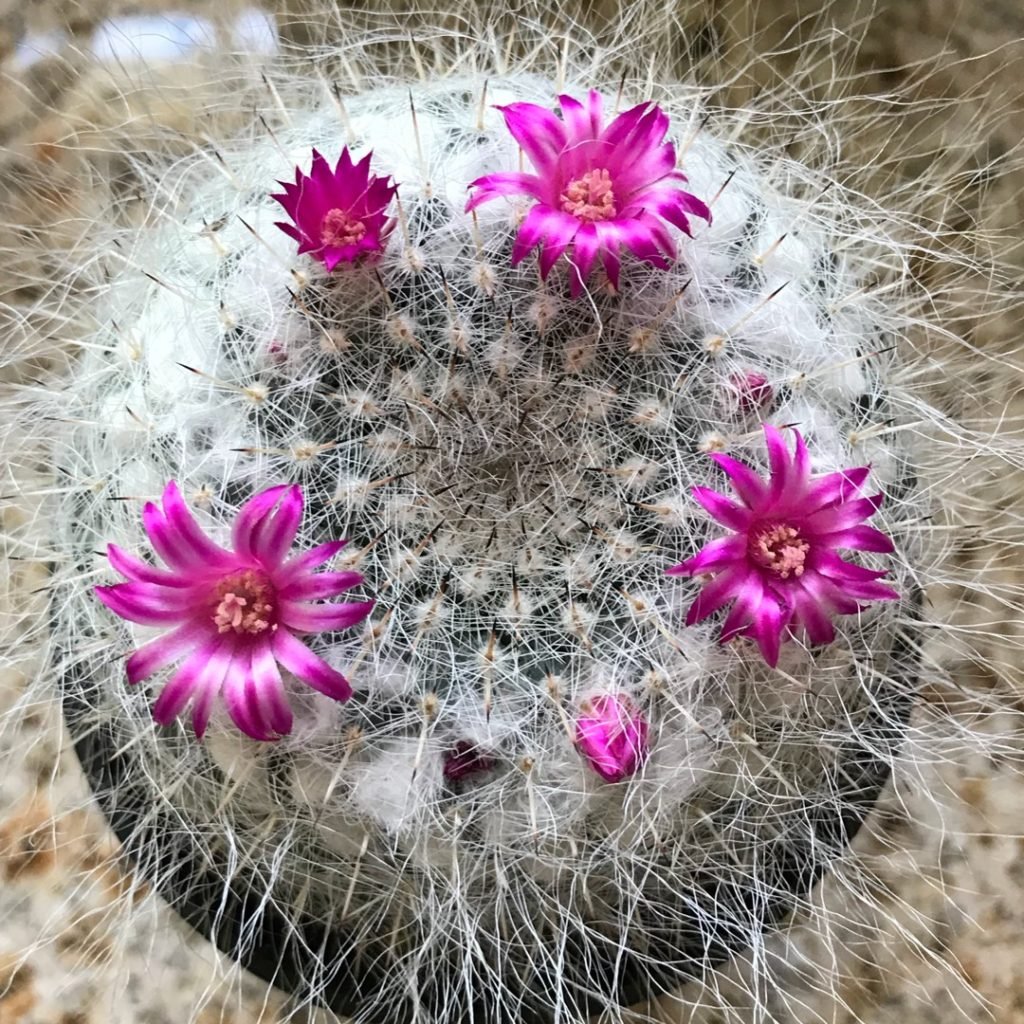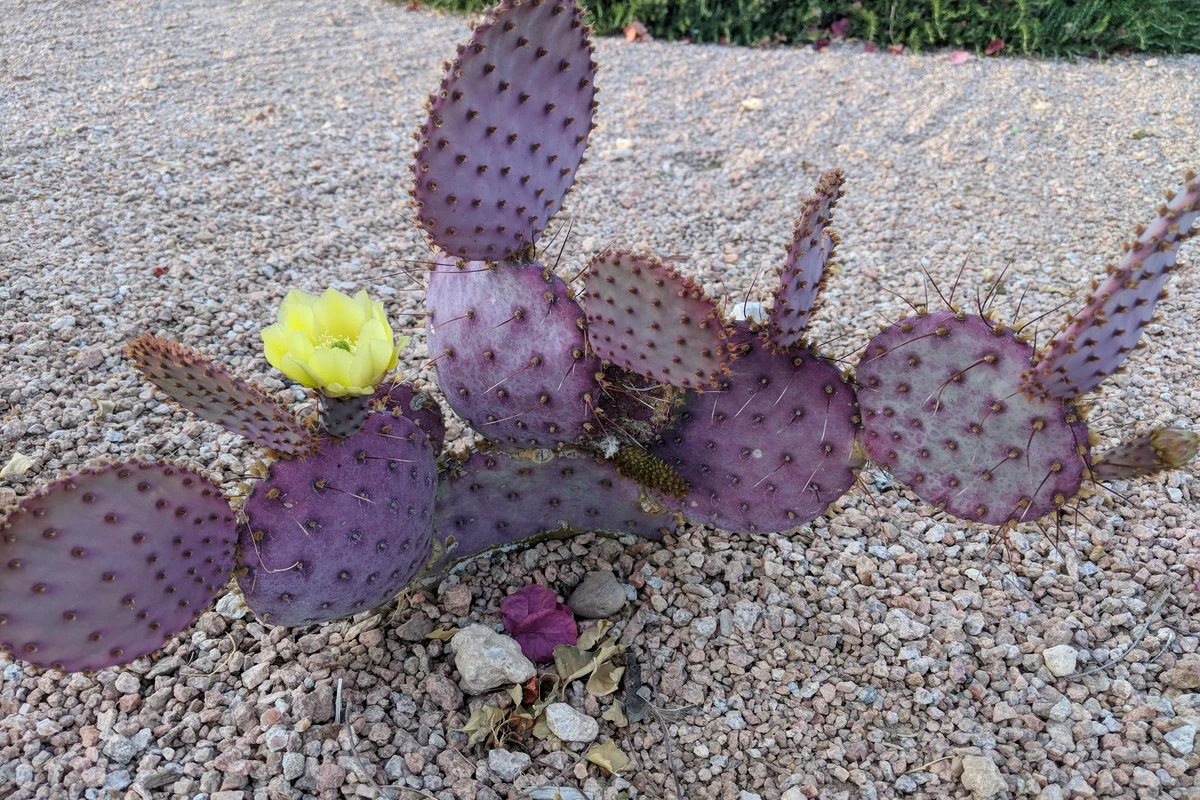Purple succulents are sure to catch one’s attention due to their vibrant coloration. Although they cannot be termed as rare but surely can be called unique.
Now, what makes the purple succulents so attractive? Well, it is definitely the color of the succulents. It provides you with an escape from the green color in your garden by adding a touch of purple.
You should definitely have one of these unique succulents in your home garden. But which one should you opt for? To know this you have to read this article till the end.
Apart from knowing the purple succulents’ names, this article will also cover various facts regarding these purple succulents like the caring routine and growth plans. So, let us deep-dive into the facts now.
Why buy purple succulents?
Irrespective of the fact whether you are a hobbyist or a novice garden, you would always want your garden to be expressive. But how would you achieve that? Simply by adding colors in form of beautiful flowers to the yard you can achieve this.
The versatility of these purple succulents adds to their choice among gardeners. They are not very hard to grow and fit perfectly in compact places.
They have a low-maintenance cost just like other succulents and you will never have to spend too much time growing them.
Now, that we know why should we opt for these plants, let’s get some knowledge about their growing processes. Let us begin.
Growing and caring for the purple succulents
Do you want to buy purple succulents and grow them in your home garden? To successfully grow them, you need to learn how to care for your succulents first.
The process of caring does not vary much from that of the other succulents but there are a few factors that you should keep in mind as a gardener. Remember, succulents care is the key to velvet-colored blooms.
Read this article with patience to know about various growth factors and the caring routines for these succulents.
Soil Mix & Fertilizers
These succulents love to grow in sandy soil, so make sure you add perlite and coarse sand to your succulent mix in a 1:1:1 proportion. The sand also increases the aeration and water draining ability of the potting mixture.
These plants do not require fertilizers, but if you still want to add some nutrients to promote growth, you can opt for liquid fertilizers which contain less nitrogen.
Remember to dilute the fertilizer with water to half its strength before applying.
Sunlight
These succulents actually love sunlight and the purple tinge enhances as you expose your plant to the sunrays. However, the sunlight-bearing capacity varies from plant to plant, so I would suggest you keep your succulent under a shade while outdoors.
If you have your plant inside your house, give it a good spot where it can get some bright sunlight. You can also use grow light for succulents to support their growth while indoors.
Watering Needs
The watering routine for the purple succulents is quite simple. These are drought-resistant plants and do not demand much watering.
You should water the plant only when the soil becomes dry since these plants are highly prone to root rots. Any stagnant water should be avoided and you should never overwater the succulent.
In terms of draining excess water, it is very important for you to choose the right pot for your floral buddy. We will next learn about what kind of pots should you buy for these succulents.
Potting & Repotting
A wide container with holes underneath can be a good option for potting your succulents. If you are buying it from the market, you can opt for terracotta pots since they have a good drainage system defined.
If you are not getting good options for pots, you can also opt for the purple succulents potted plants. Opting for such an option will have you deliver the ideal pot for your plant as well and you won’t have to take the headache of choosing the right one.
You should always re-pot your plant once every 2 – 3 years. This should be done just after the end of the blooming season in the spring.
They also require being re-potted. But before you re-pot, do check if the soil is dry. Once you are certain about it, now move it to its new pot with a fresh nutrient-loaded soil mixture.
10 Purple succulents & cactus types
These succulents and cacti puzzle the buyers since they are unable to understand if the actual ones are the ones that bear purple flowers or are the ones that have a purple-colored body (maybe stems or rosettes).
Don’t be worried! We will help you in exploring the various types of purple succulents and before we begin let me clear your confusion by confirming that both purple flower-bearing, as well as purple-bodied succulents, can be considered in this category.
We have surveyed a lot of such plants, and chosen a list of 10 purple-colored succulents for you. Let us explore them now.
The Black Prince

The Echeveria purple succulents also known as the Black Prince is a popular houseplant that has its name mainly because of the coloration of its leaves. These dark purple succulents also have a yellowish-green touch in their leaves but can only be found with very close observation.
The blackish hue forms as the plant get more exposed to the sun. So, if you keep it in a shade the dark shade of purple may start fading.
This is a hybrid of 2 different plants from the Echeveria genus and has dark red blooms which on appearing become the main center for attraction.
The Black Rose

Zwartkop also called the Black Rose is a succulent from the family of Aeonium. This is another dark purple succulents that have dark purple leaves with waxy rosettes.
Although this is called the Black rose, that is not because of the flowers but because of the rosettes which appear to be like flowers and grow around 91 cm. Similar to the Black Prince, this plant also requires a lot of sun rays as it is derived from the sun only.
If you have light-colored succulents with bright blooms in your garden, you can certainly add this to form a contrast and make the colors more elegant.
Santa Rita
Are you searching for a purple cactus with an elegant look? Try out the Prickly Pear cactus which is also known as the Opuntia violacea.
This is one of the loveliest purple indoor succulents and surely will be the prettiest in your floral ecstasy. The leaves of this cactus are like pads that are purple in color and that is why it is categorized under this group of succulents.
The flowers of this cactus grow up to 6 feet and have a reddish-yellow hue. But if you take my advice do not let your plant become oversized, prune it occasionally.
Old Lady Cactus

Don’t get fooled by its name as it is simply due to the white fuzzy spines which are quite hairy in nature appearing on its stems. These purple succulents are also known as the Mammillaria hahniana and have a unique style of growing flowers.
The reddish-purple blooms are as long as 10 cm and appear like a crown on the plant. The hue of the blooms creates a space for it in the category of purple succulents.
The blooming time is usually during the summer or the spring season and the cactus is a sun-loving succulent. Due to its easy caring routine, it is often preferred by novice gardeners as an easy-growing cactus.
Strawberry hedgehog

Are you looking for some purple flowering succulents? Well, this can be an option then.
The Echinocereus engelmannii also known as the Strawberry Hedgehog plant has perfect purple blooms which form clusters and are shaped like a funnel.
Once the plant bears fruits, you will witness these purple succulents turning green-colored fruits into a pinkish shade as they ripen.
Echeveria Pearl

Have you heard about the purple pearl succulents? The Echeveria Purple Pearl is the one I am referring to. They are some of the most beautiful succulents that you can have in your garden.
The rosettes of this plant are of a purple pigmentation and grow up to 30 cm with spikes that are nearly similar in height. The blooms of this flower are of a coral-pink coloration.
An admirer of the bright sunlight, you must have these succulents planted in your outdoor garden to let them grow to their fullest.
Purpurea plant

These plants are popularly known as the Purple Heart succulents and have the scientific name Tradescantia Pallidal. The rosettes of this plant are light purple in color which actually adds them to this category.
The stems of these succulents are quite hard are generally used as groundcovers. Growing up to a height of 2 – 5 feet the blooms of this plant are of a slight pinkish hue.
So, if you are looking for pink and purple succulents, this plant can be an option for you.
Desert Queen

Do you want a succulent having its color as blue and purple succulents also cannot skip your mind? With the ‘Blue Waves’ from the Echeveria family it is quite possible.
This succulent, popularly known as the Desert Queen belongs to the category of purple and blue succulents having purple edges along with the bluish rosettes.
The rosettes of this plant grow quite big and up to 30 cm and bloom reddish flowers during the summer season.
Desert Surprise

After the Desert Queen comes to the Desert Surprise to actually surprise you with its extraordinary display of colors.
These succulents can be broadly classified as purple and green succulents due to having green leaves which are smeared with maroon & purple streaks. The leaves are quite long and grow up to 10 cm long.
If you want the purple hue to grow darker you need to give it a good sun exposure, just like the Black Prince succulent.
Ghost Plant

Graptopetalum paraguayense, popularly known as the Ghost plant is a descendent of Mexico and can be easily propagated from its cuttings. This is why, when it comes to purple and pink succulents, gardeners always opt for this plant.
The leaves of this succulent have a triangular shape and rosettes grow up to 6 cm. The color of the rosettes is purple with tinges of pink all around its shape.
Remember, if you want the pink portion to intensify, give it good sun exposure.
Where to buy purple succulents from?
If you are searching for purple succulents, Australia can be a good place to buy them from. The succulents grown in the nurseries of this country are of a pure breed and they are dedicated to delivering as per the customer’s need.
They also provide free shipping facilities all over the world.
You can also search for purple succulents in your nearby flower market. Sometimes people ask where to buy purple succulents online? If you want to make an online purchase of purple succulents, home depot can be an ideal place to look for.
Apart from this, you can also search for best-selling websites like amazon.com and Etsy.
Conclusion
Now that you know how easy it is to grow these purple succulents and how low their maintenance needs are, you must opt for them quickly. To grow them successfully, you should follow the caring routine as described by us.
Once you have your purple succulents grown to their fullest, you can propagate them to produce offspring to keep up with the traits. Propagating your succulent is an important part of the caring routine and it is advisable that you should indulge in this practice too.
Due to the unique color of the purple succulents, people often are the victims of fraud where artificial faux purple succulents are delivered to them.
In this article, I have listed the top 10 purple succulents for you, but you can always choose to explore more before buying. Remember to check the authenticity of the buyer and the plant before you buy.

